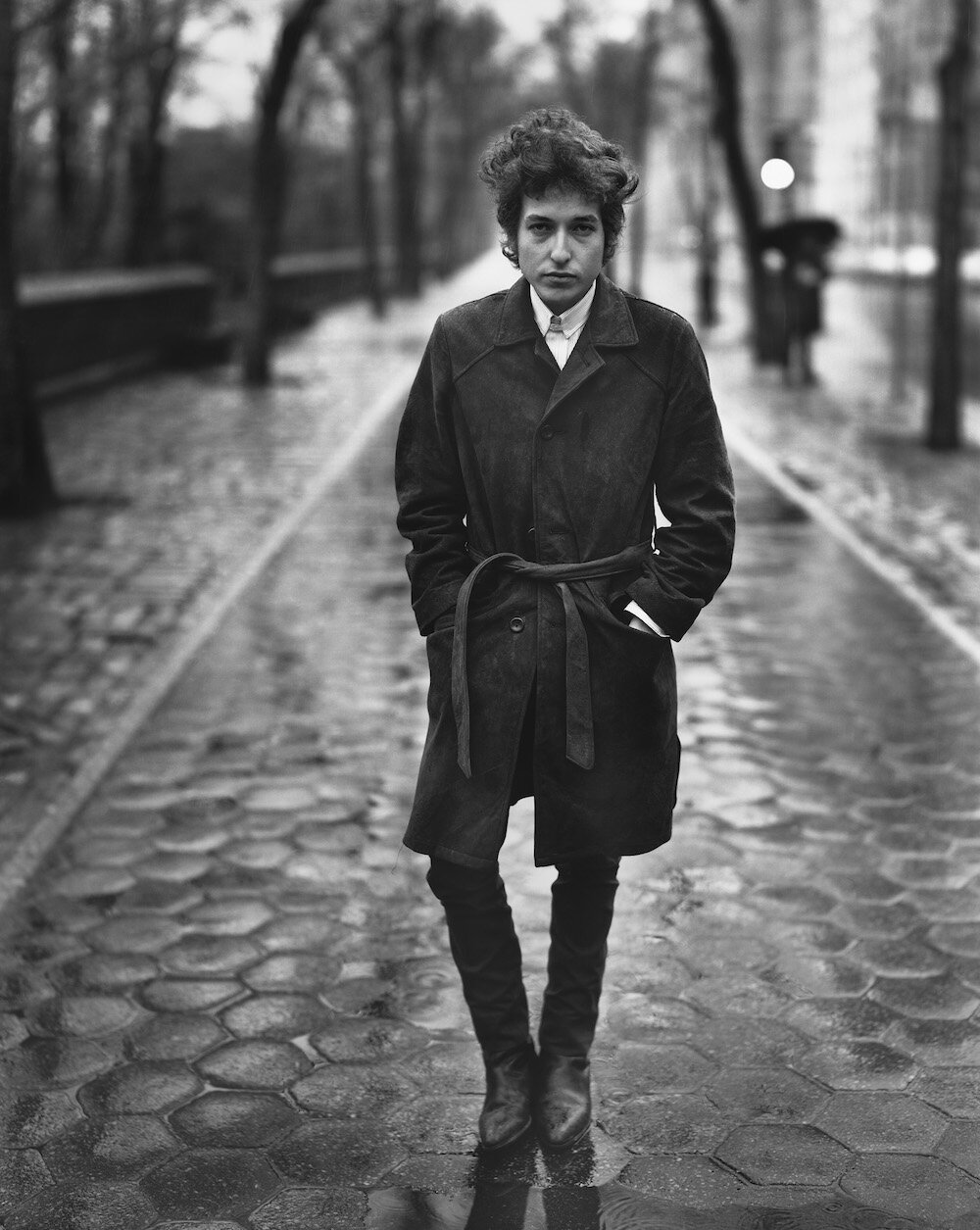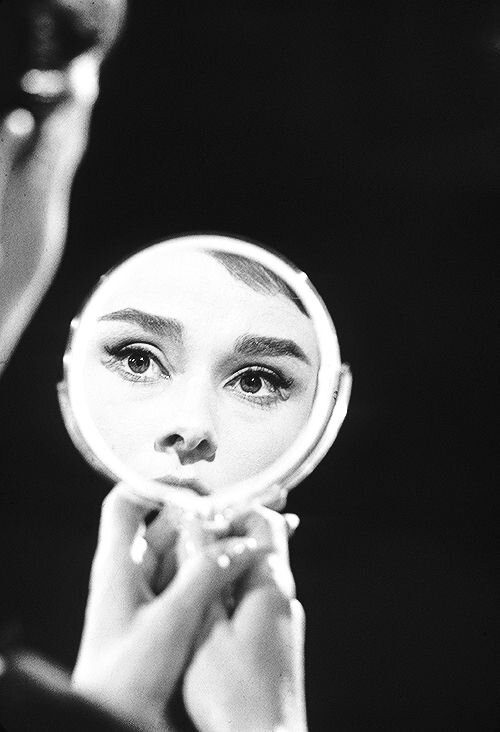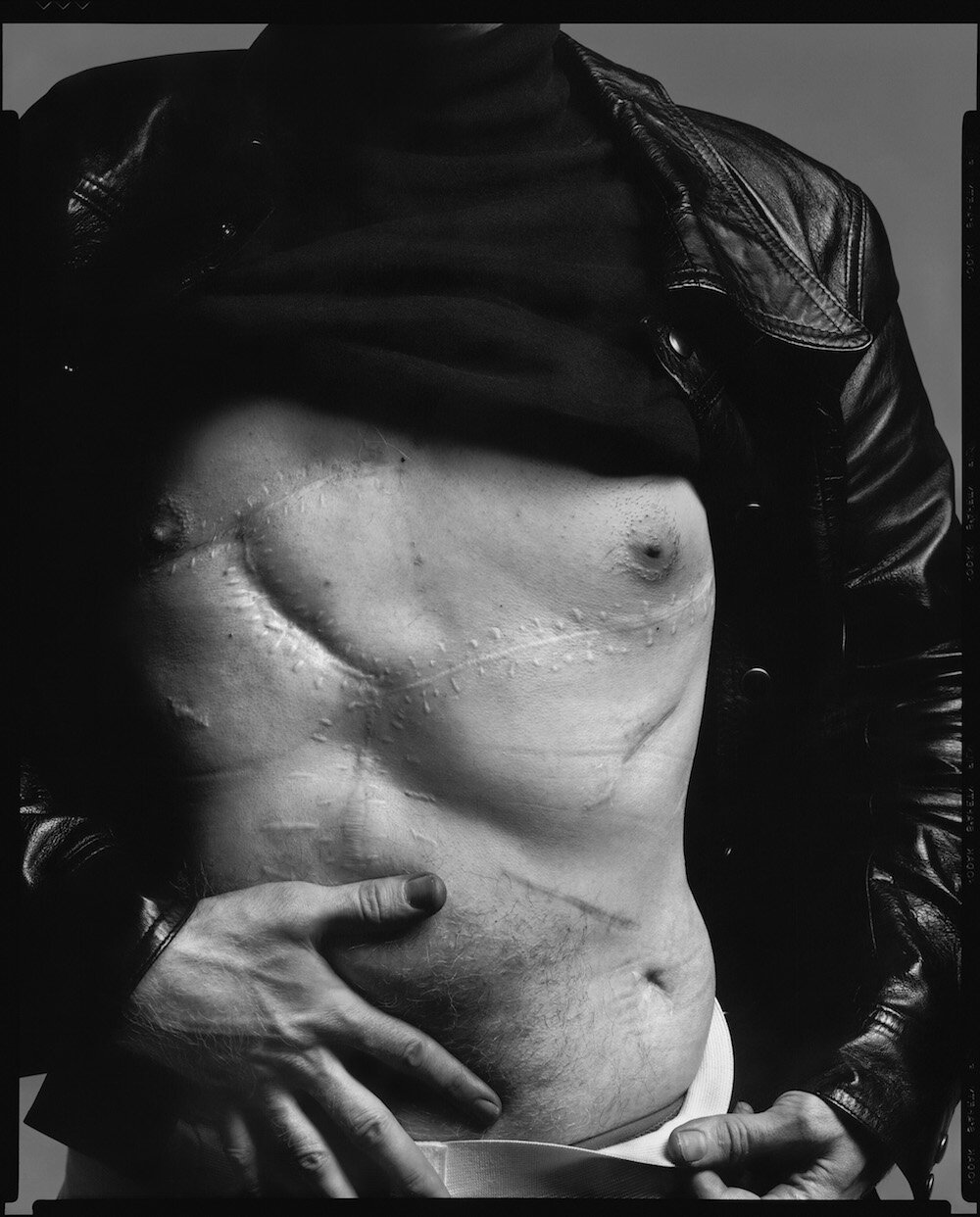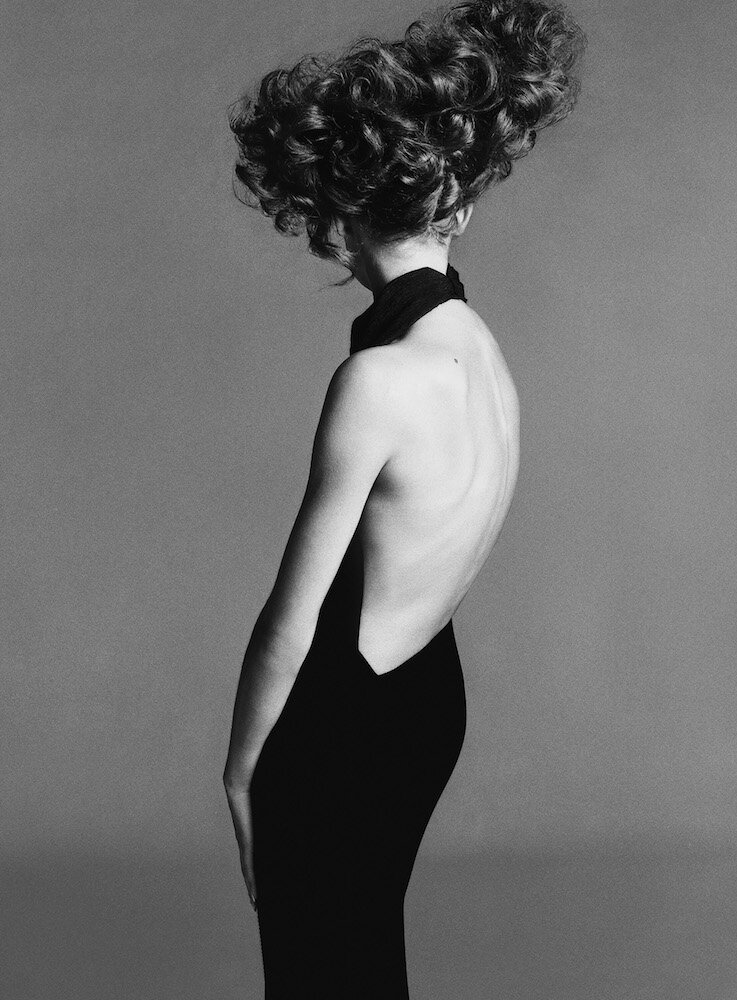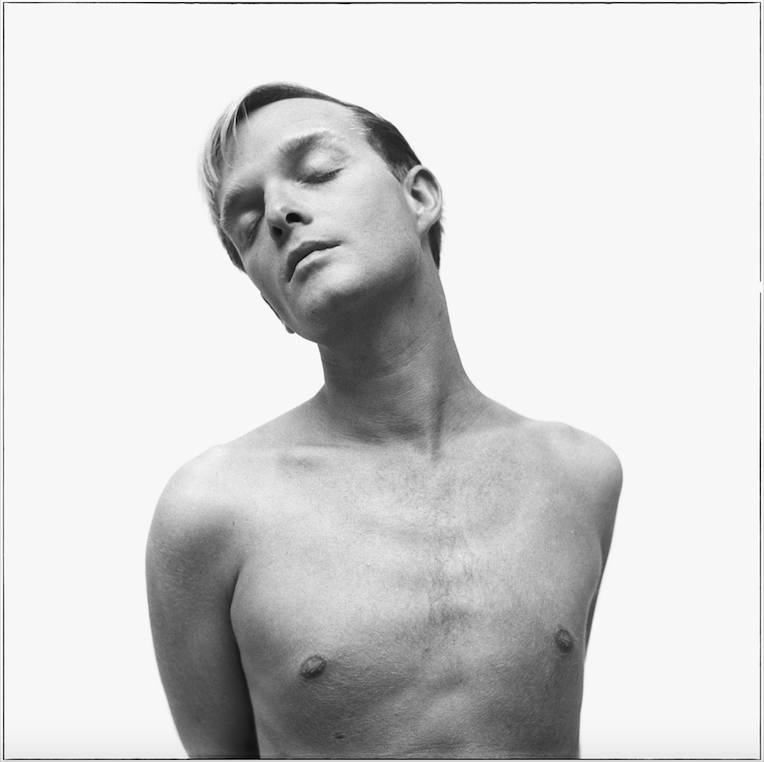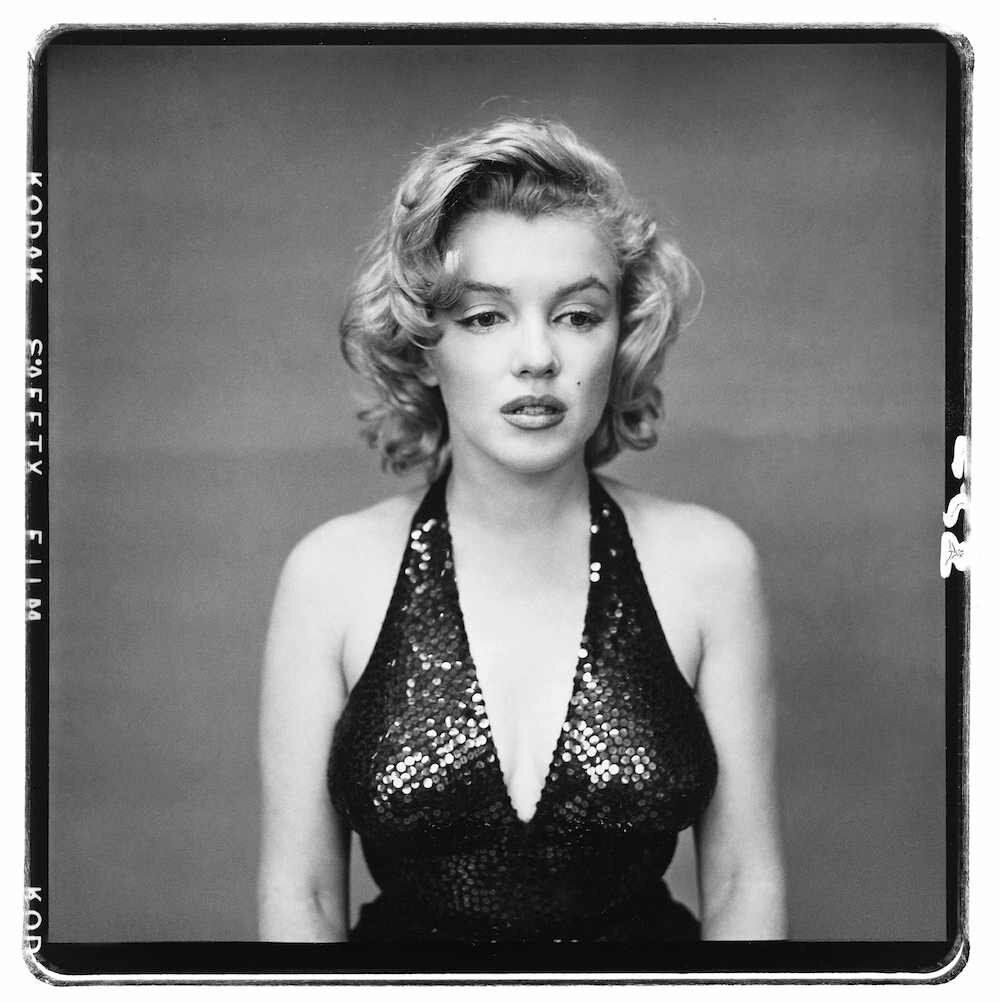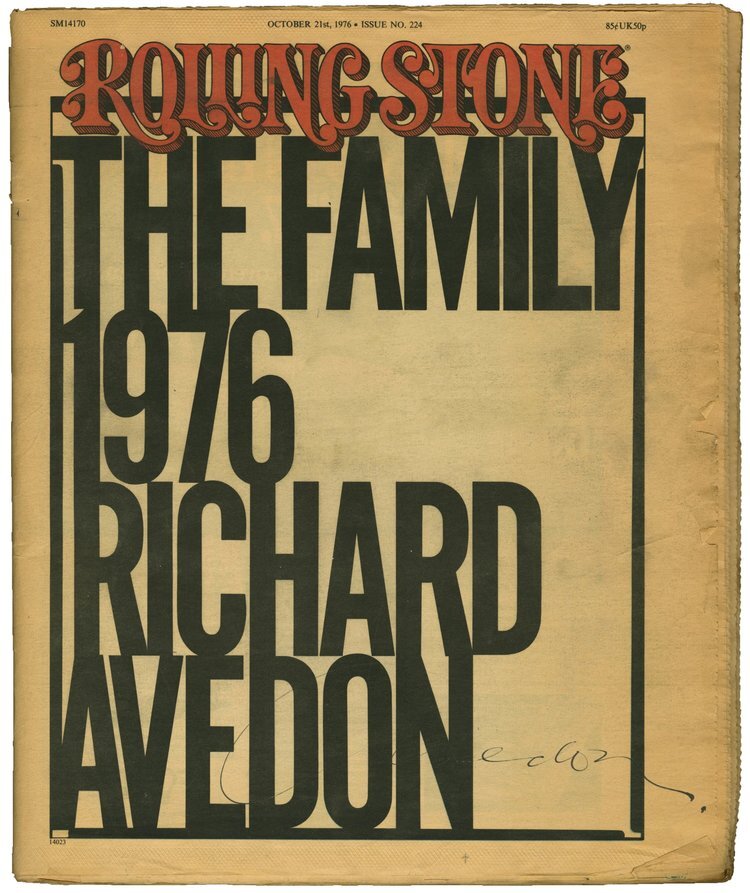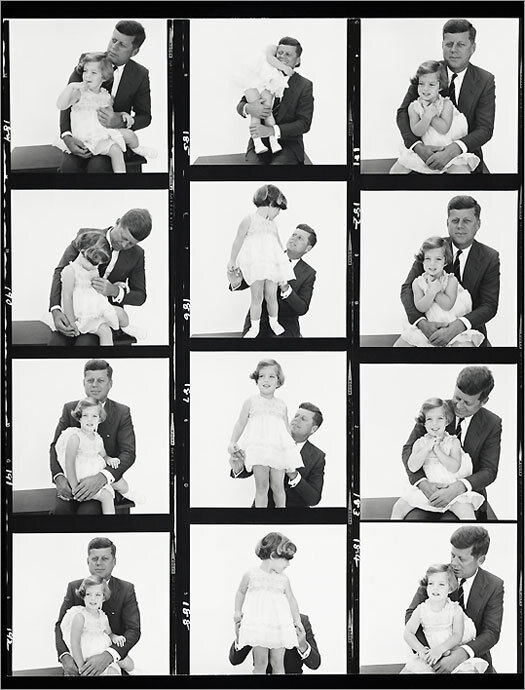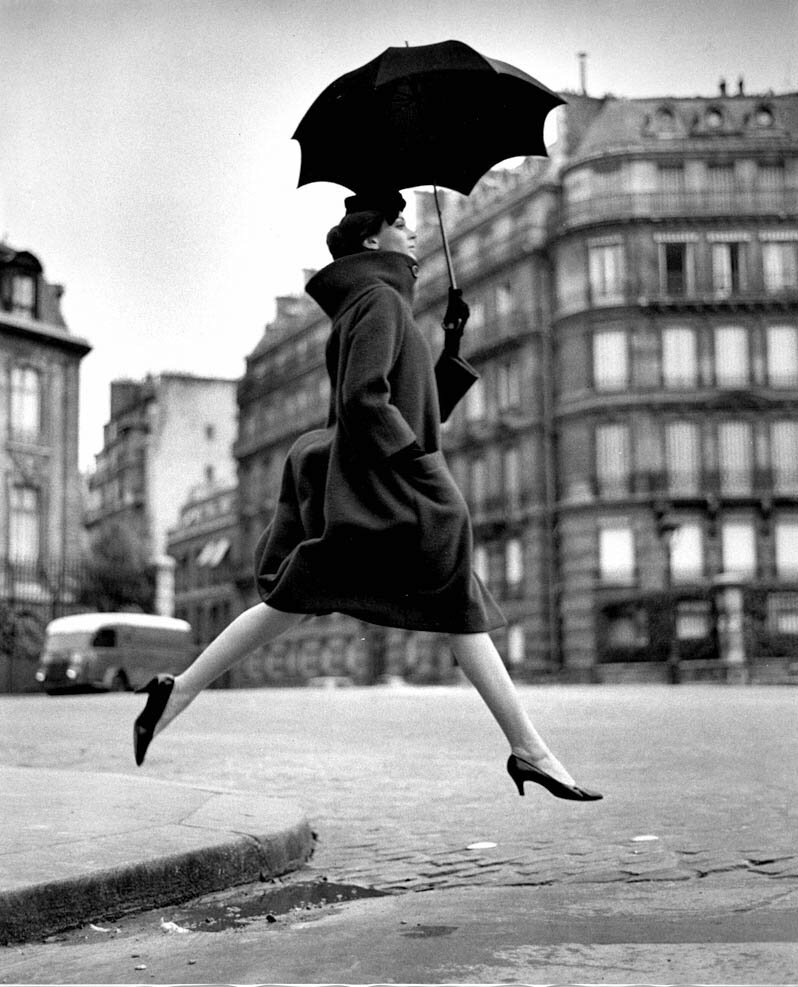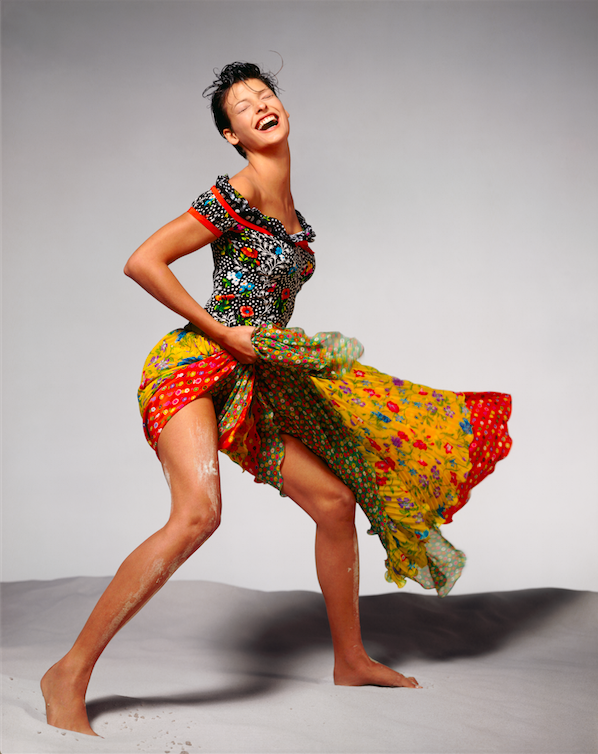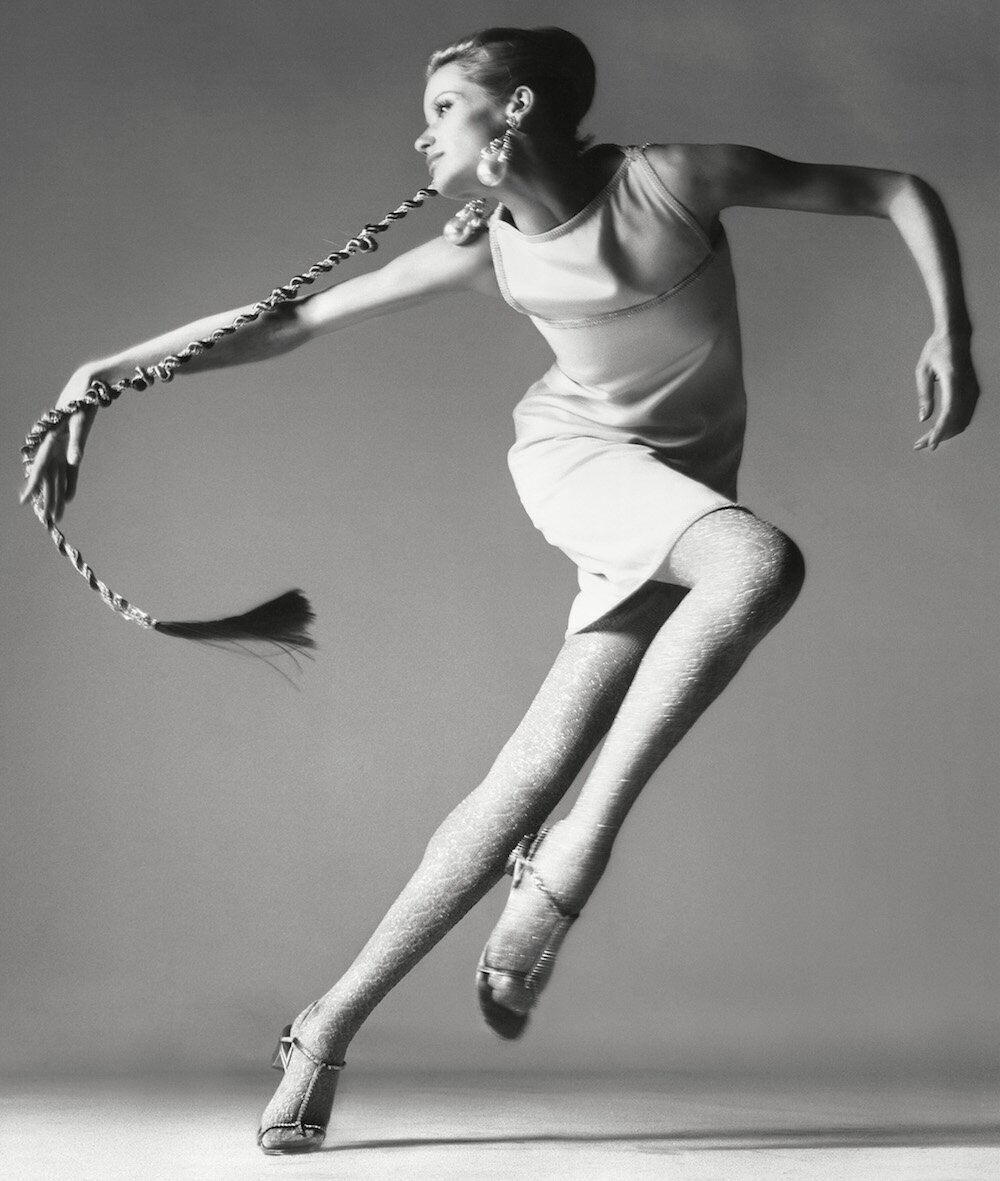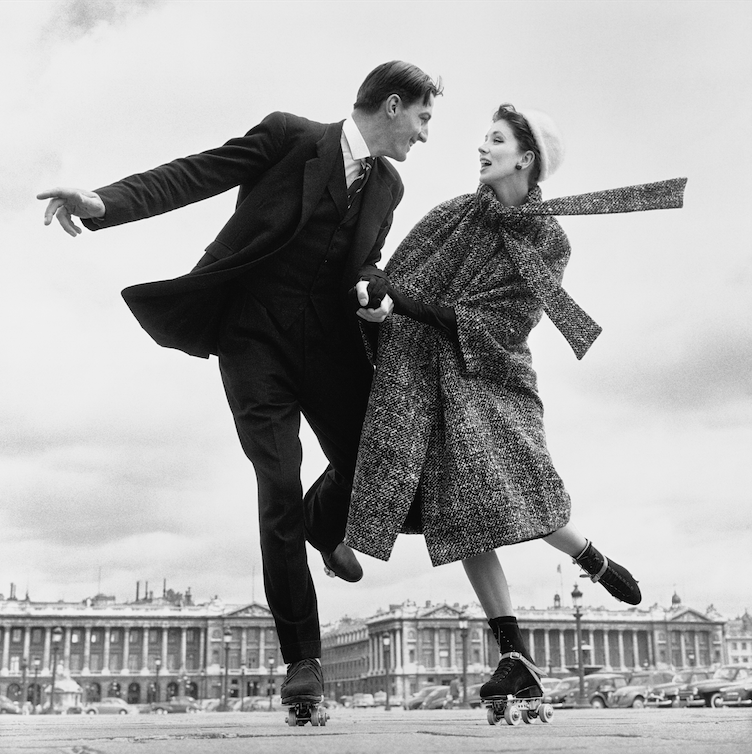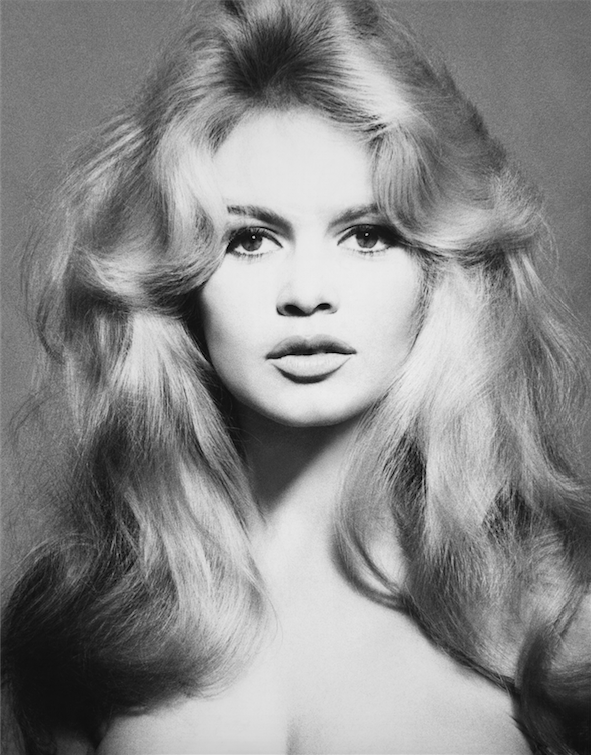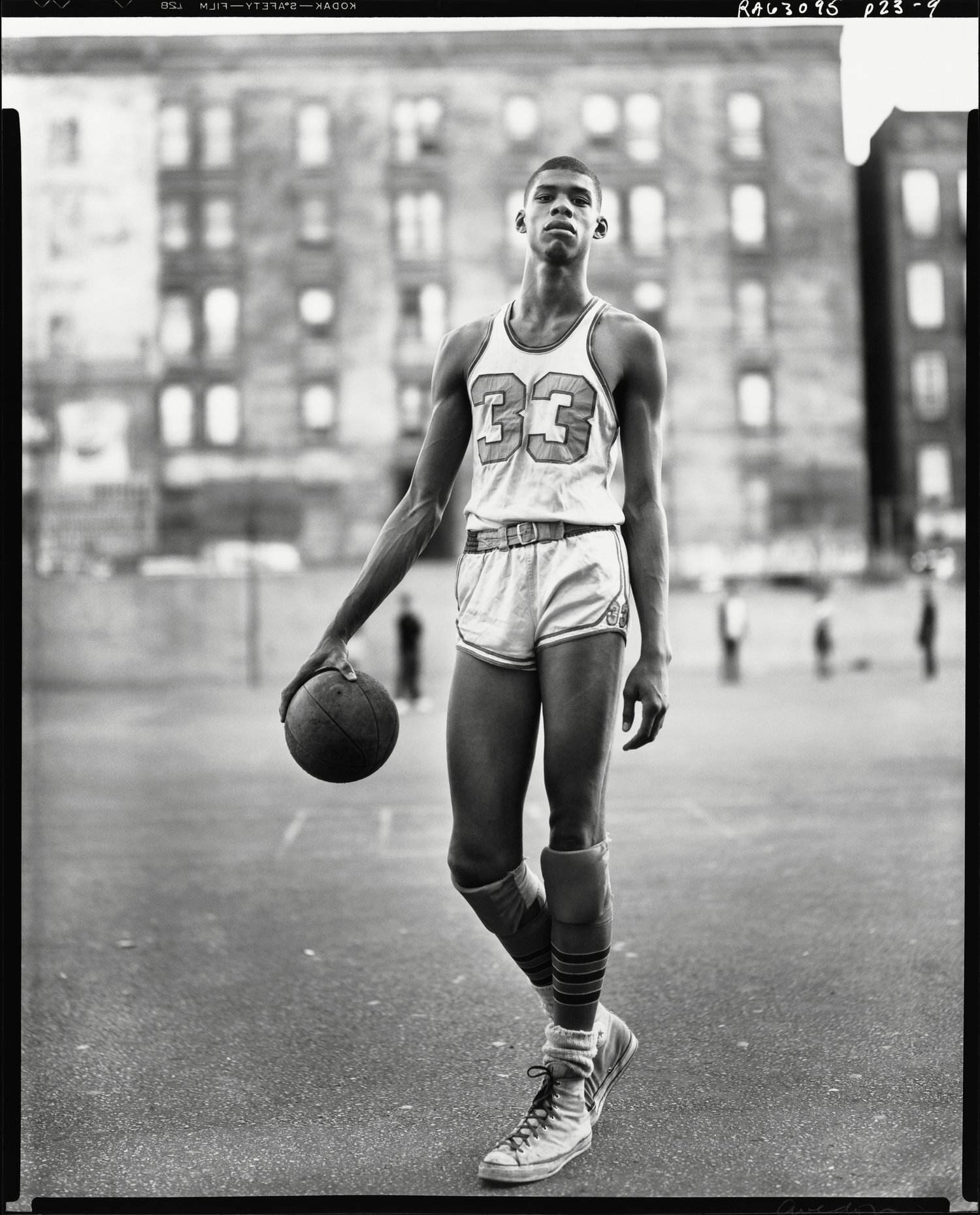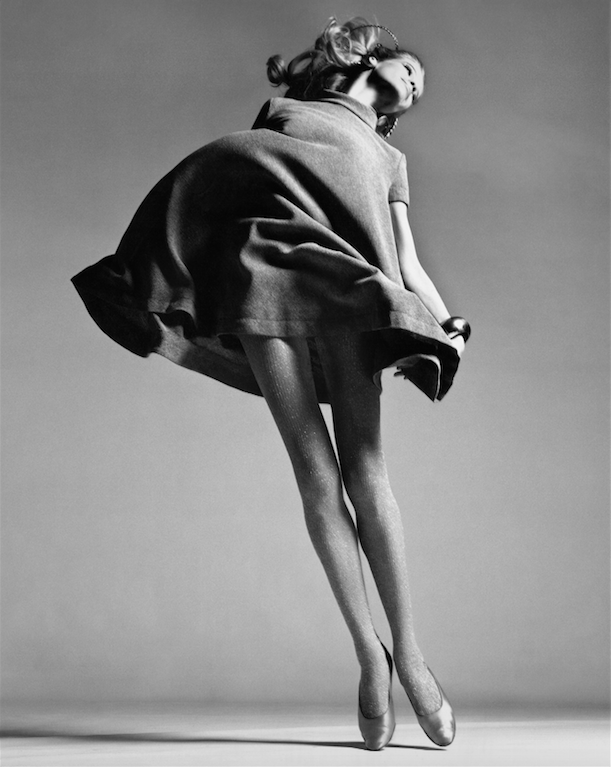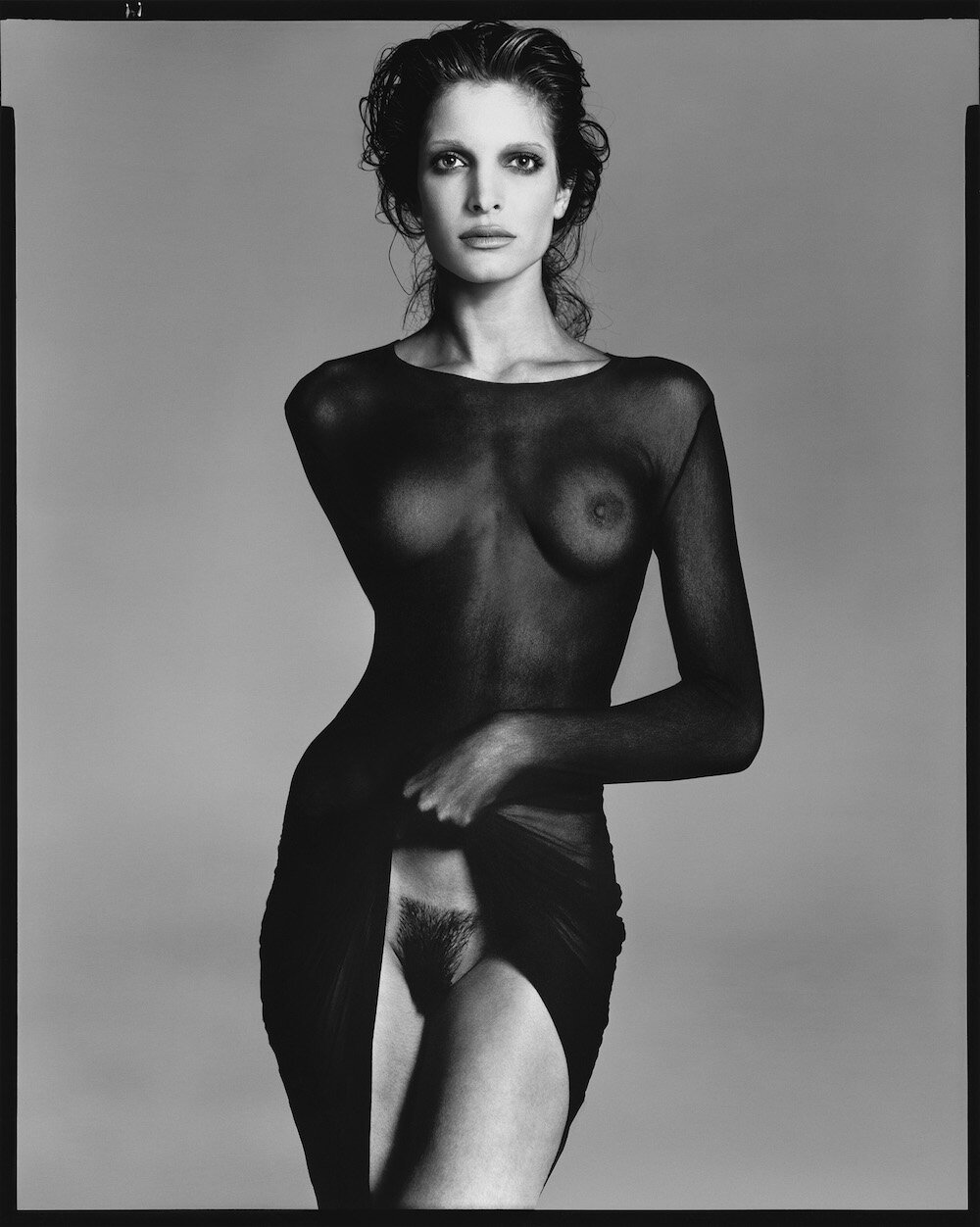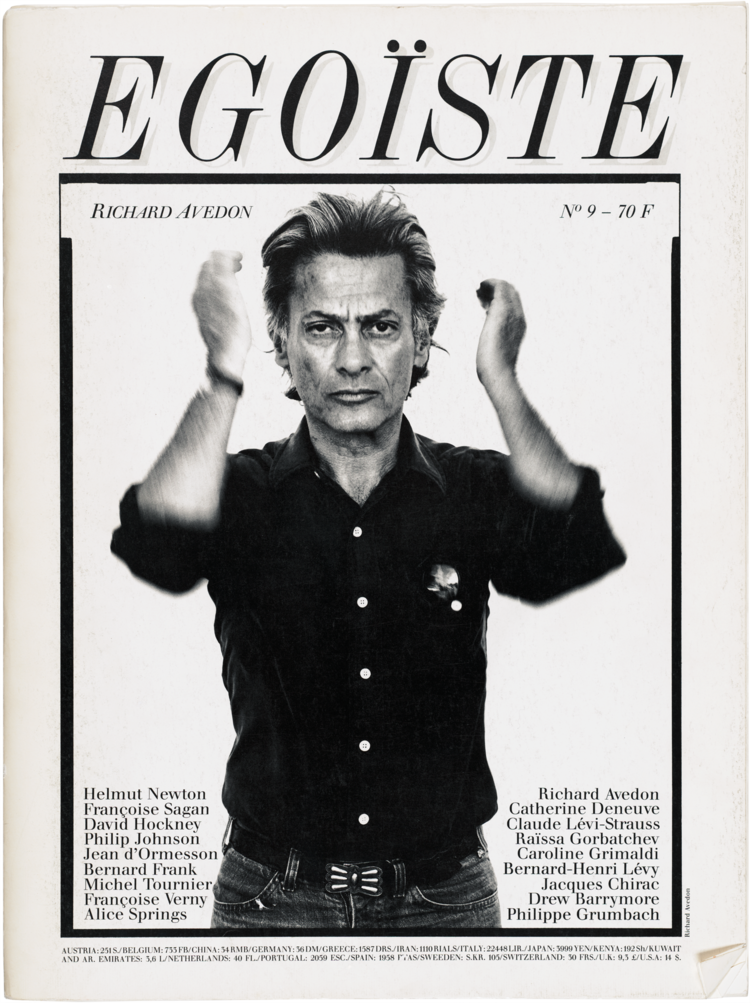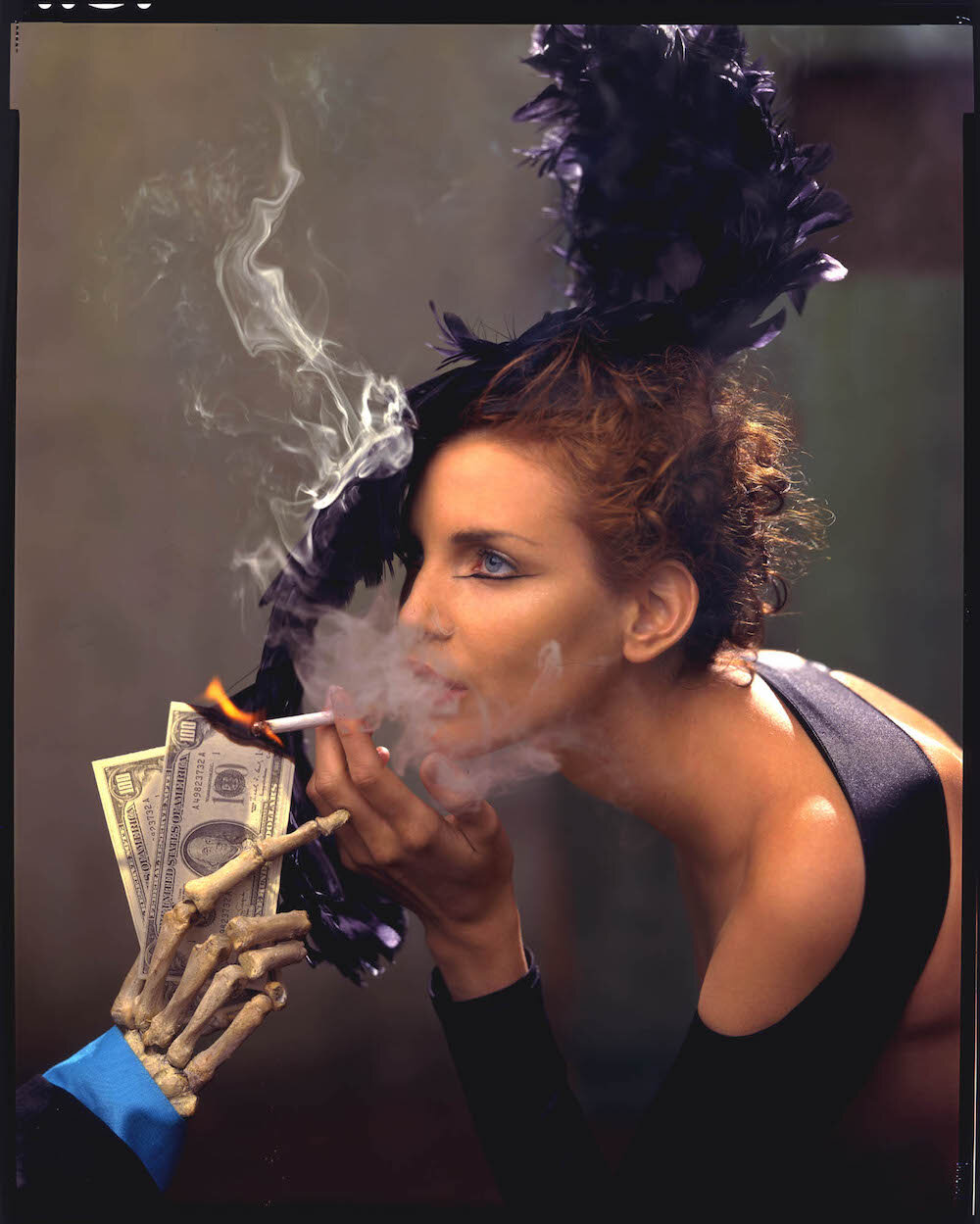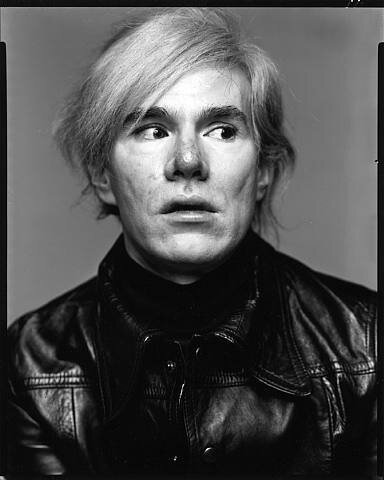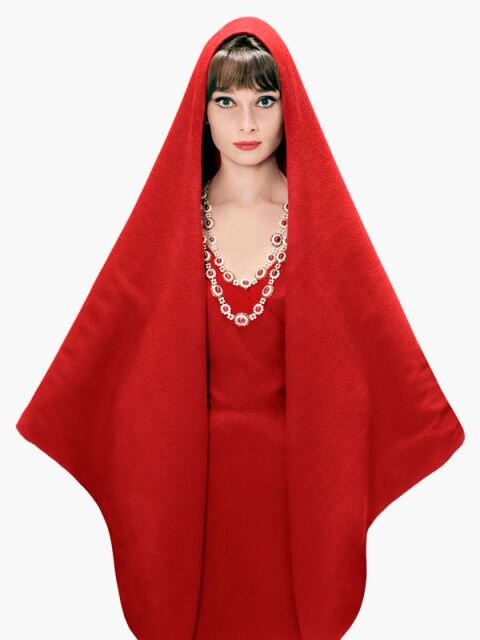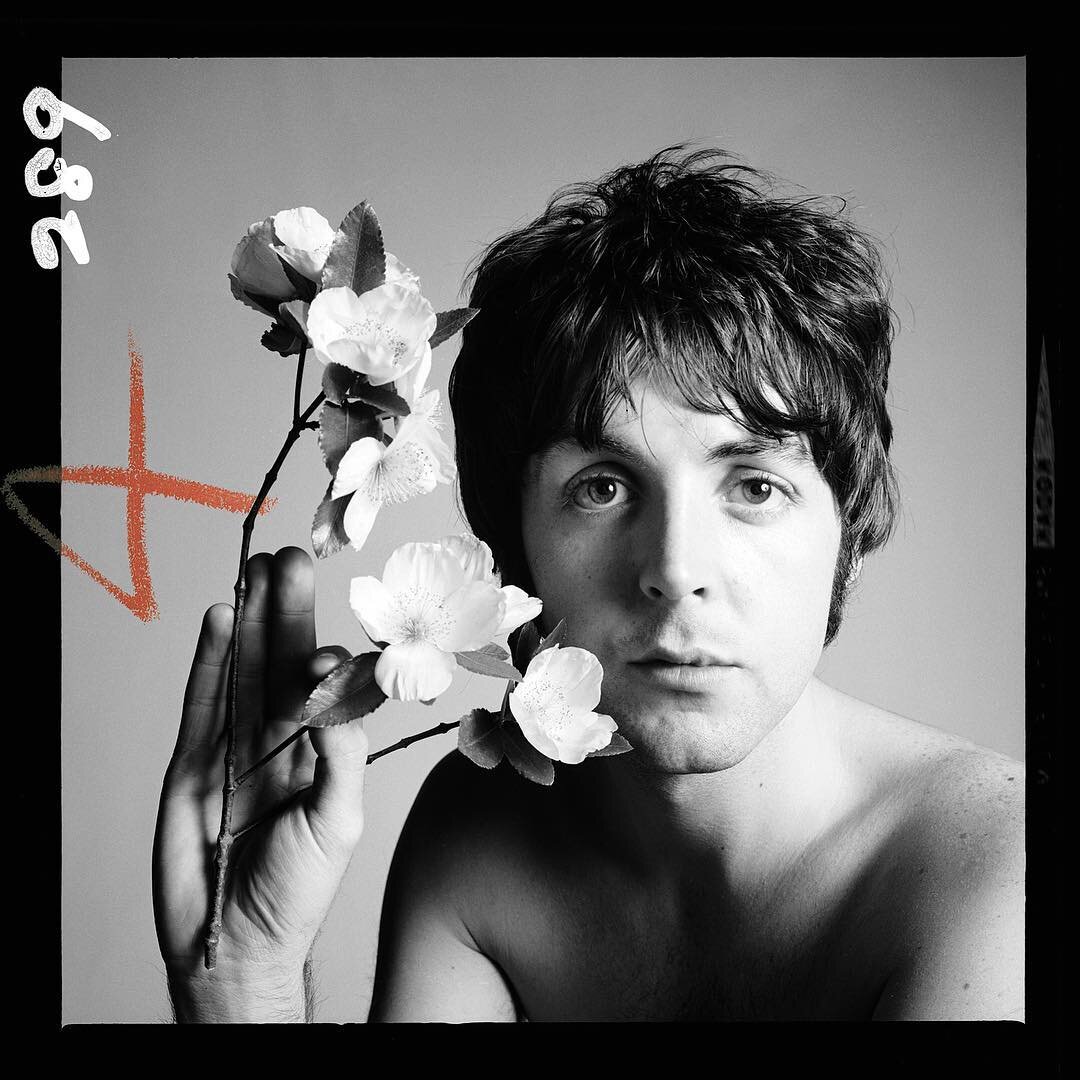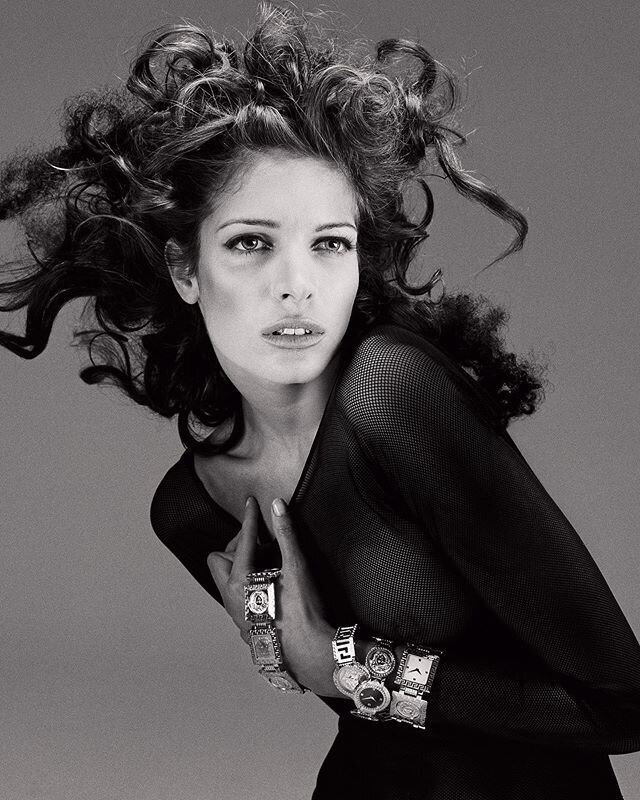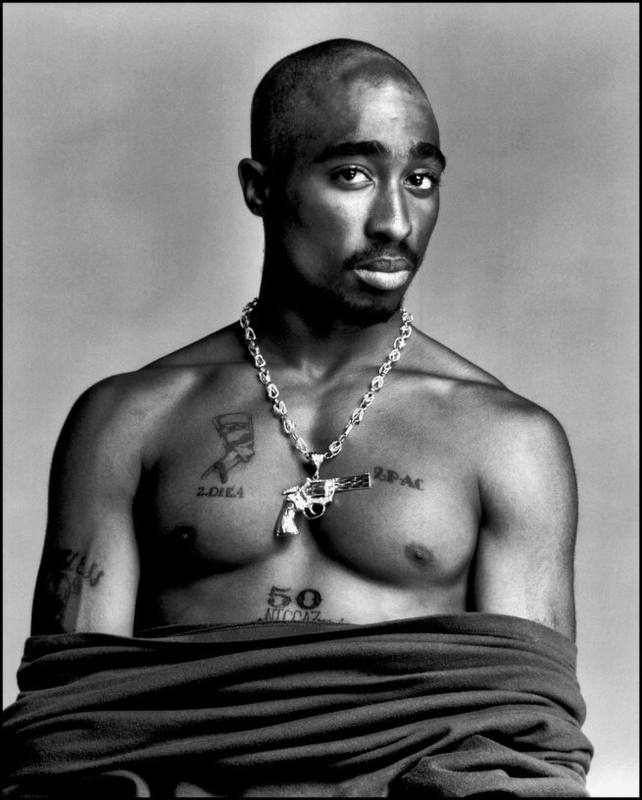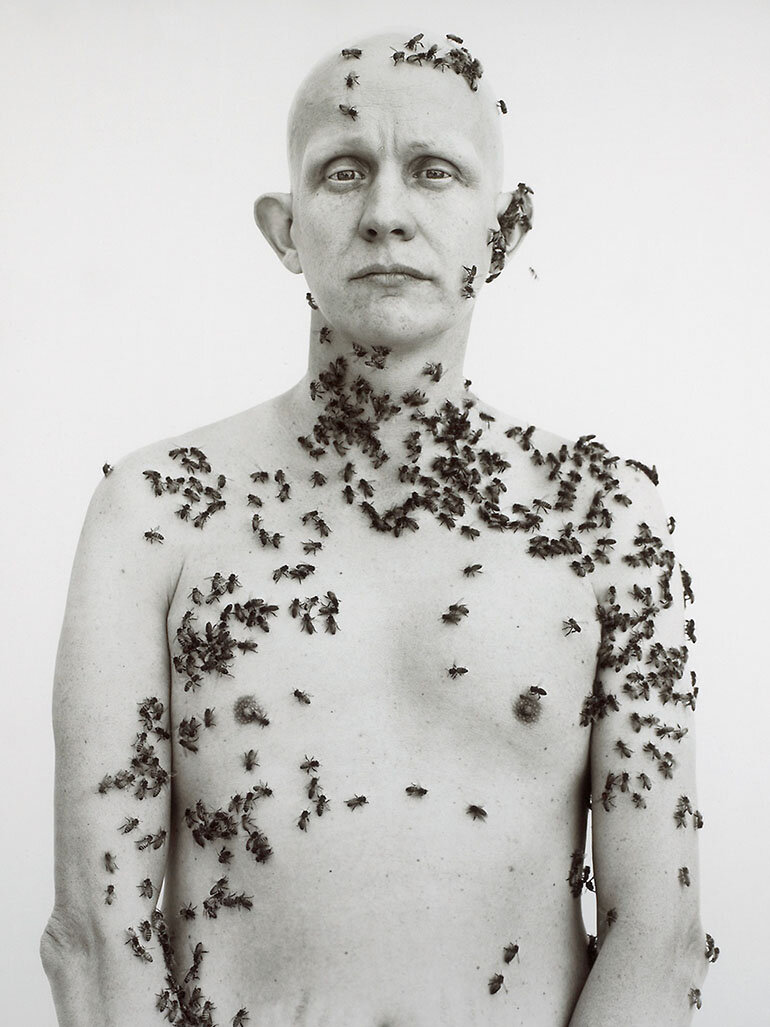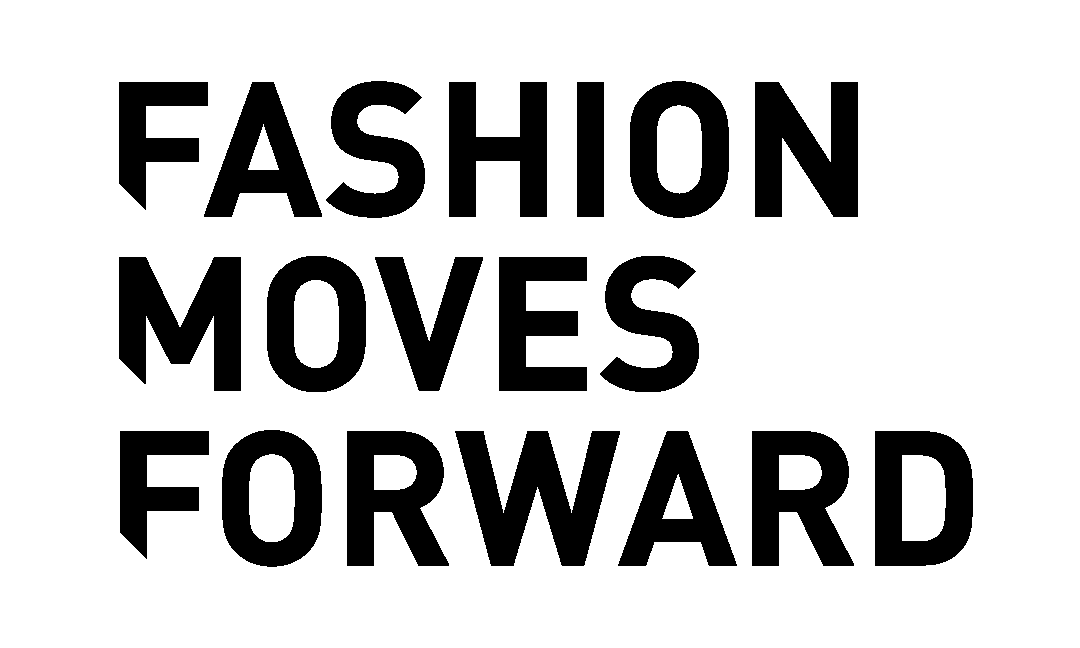Artist Exhibition: Richard Avedon
Richard Avedon was born in New York City on May 5th, 1923 and took an early interest in photography growing up. He joined the Young Men’s Hebrew Association camera club when he was 12. In high school, Avedon co-edited his school’s literary magazine entitled “Magpie.” He later dropped out of high-school to join the Merchant Marine during WW2, where he served as a maritime photographer. Equipped with a Rolleiflex camera that his father had given him, this was the moment in Avedon’s career where he realized he “was becoming a (professional) photographer.” Upon his return from WW2 in 1944, he found a job as a photographer for a department store. After about two years of work for the department store Avedon was plucked by Alexey Brodovitch, an influential art director at Harper’s Bazaar, and began doing advertising work for them as well as Vogue. He was largely guided by art director Alexey Brodovitch, who really elevated his work for Harper’s Bazaar. His style is best defined as “emotionally intense studio images, often very close up, with the use of artificial light.”
Avedon’s first book of portraits entitled “Observations” was published in 1959, which was designed by Alexey Brodovitch with added text by Truman Capote. His second book came in 1964. “Nothing Personal,” which featured a variety of images of Americans from the likes of former slaves, the elderly, and even former President Eisenhower. His portraits became subject to many gallery exhibitions, but some of his most famous works involved portraits of his dying father, Jacob Avedon, which were taken in 1974 and later displayed at the MoMA. His prints began to grow in size, which broke new ground & set precedents in photography.
In 1976, he worked with Rolling Stone on a 46-page photo essay titled “The Family,” which featured images of men & women that hold positions of power. In 1979, The Amon Carter Museum in Fort Worth, TX commissioned Avedon on another portraiture project that ended up turning into another exhibition and book titled “In the American West.” The book highlighted working-class men and women of the West, mainly oil drillers and ranchers, but he photographed them in his signature white background and artificial light. Avedon became Vogue’s staff photographer from 1966 until 1990, and in 1992 he was appointed as the first-ever staff photographer for the New York Times. What made Avedon’s portraits so sought after was his ability to bring out the best of his subject. Avedon didn’t care about the environment as much as he did of the subject itself. His photos have equally good composition as well as stylization. Some of his best photos are the perfect balance of commercialization and art. He was said to have erased that line with his work in fashion photography. He is commonly associated with some of the highly successful fashion ad campaigns including Versace, Calvin Klein, and Christian Dior. Avedon passed away on October 1st, 2004 in San Antonio, TX.
